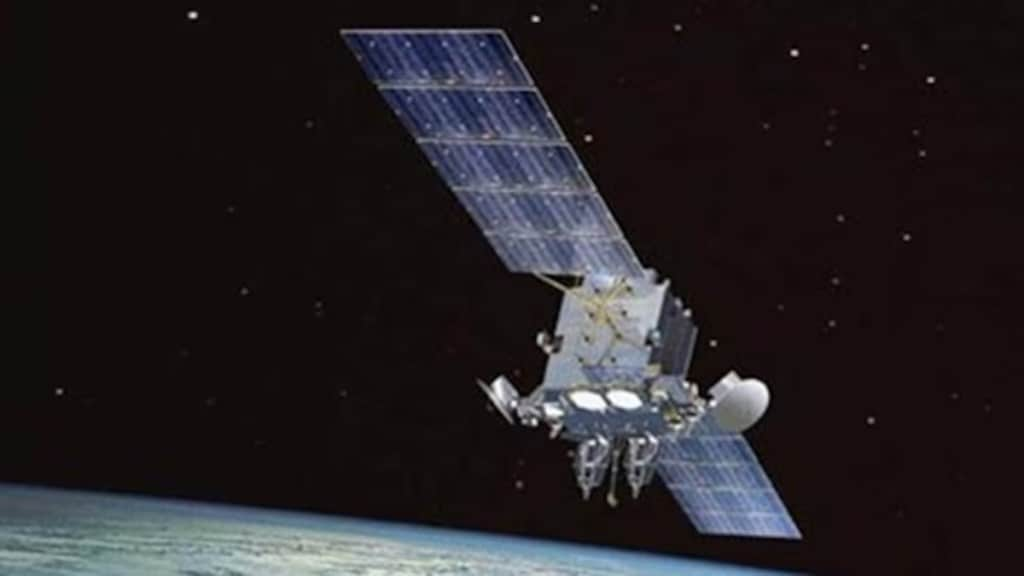India has successfully docked one satellite onto another, joining a small group of nations. Banasree Purkayastha explains the SpaDeX mission, which will allow separate satellites to work as a team, coordinating their tasks and sharing resources that can’t be carried on one spacecraft
What is the SpaDeX mission’s achievement?
The Indian Space Research Organisation’s (Isro) latest mission, called the Space Docking Experiment (SpaDeX), had started with the deployment of the two small spacecraft, called Target and Chaser, weighing about 220 kilograms each, into low-earth orbit after blasting off from the Satish Dhawan Space Centre in Andhra Pradesh on December 30, 2024, aboard Isro’s PSLV-C60 rocket. On January 16, 2025, the space agency for the first time successfully conducted unmanned space docking by joining together two small satellites in space. Isro shared the docking process of the SpaDeX satellites in a post on X and said that it began with the completion of a manoeuvre from 15m to 3m hold point, and culminating with the docking of the two satellites. This required the chaser satellite to approach the target satellite in a controlled manner at a relative speed differential of 10 millimetres per second, aligning the docking ports and finally executing the handshake. Following the docking, Isro has successfully managed both satellites as a combined unit.
Others in this elite club
India has become the fourth country after the US, Russia and China to accomplish this technological feat. The US was the first to achieve successful docking, when in 1966, as part of its Gemini programme, the Gemini VIII capsule under the command of astronaut Neil Armstrong docked with target spacecraft, Agena. The Soviet Union, now Russia, followed in 1967, with the unmanned automated docking of Kosmos 186 and Kosmos 188 satellites. In 1975, the Apollo-Soyuz Test Project saw the docking of an US Apollo spacecraft with a Soviet Soyuz spacecraft, symbolising cooperation amidst the Cold War. China’s success came in 2011 when the unmanned Shenzhou 8 spacecraft docked with the Tiangong-1 space lab. A year later, China conducted a crewed space docking, with Shenzhou 9 docking with Tiangong-1.
Why is the achievement significant?
Mastering this technology is essential for India to move forward on its aim to get a bigger share of the $400-billion global space market. The indigenous technology, crucial for satellite servicing, space station operations, and interplanetary missions, will enable India to play a key role in commercial and exploratory space efforts. Isro chairman V Narayanan has said it will be useful for the Chandrayaan 4 mission as two rockets will be used to carry to space the over 9,000 kg module that will subsequently land on the moon for sample collection. The experiment will also be useful when India builds its space station as multiple units will have to be integrated into space. India aims to build its own space station by 2035, which will be called the “Bharatiya Antariksha Station,” and launch its first orbital mission to Venus in 2028. It also plans to return moon samples as part of its ongoing lunar Chandarayaan programme in 2027 and send humans to the moon by 2040.
What happens next?
A series of docking and undocking trials will be conducted, which will help Isro achieve greater precision in its automated docking capabilities. Secondary objectives of the SpaDeX mission include demonstration of the transfer of electric power between the docked spacecraft, which is essential for future applications such as in-space robotics, composite spacecraft control, and payload operations after undocking. Isro’s androgynous docking system uses only two motors for guidance and alignment in comparison to the International Docking System Standard (IDSS) which uses 24 motors. While this made it very cost-effective — the SpaDeX budget is around `225 crore — the docking system needs to be compatible with the systems in use by other countries to enable participation in global space programmes, said TH Anand Rao, senior fellow, Centre for Air Power Studies. “The IDSS is used by spacecraft going to the International Space Station. India must have a similar docking mechanism,” he said.
Commercial space activity
The Indian Space Policy, 2023, has allowed the private sector to take part in end-to-end space activities that include building satellites, rockets and launch vehicles, data collection and dissemination. The goal is to take the Indian space sector from its current value of $8 billion, constituting a 2% share of the global space market, to $44 billion by 2033. The policy also lays down the framework for the private sector to use Isro facilities for a small fee and encourages them to create new infrastructure for the sector. For the SpaDeX docking experiment also, the rocket and spacecraft were integrated and tested at private company Ananth Technologies, a first for the country. At least 1,164 startups are registered with the Indian National Space Promotion and Authorisation Centre (In-Space), a government-affiliated space projects and incubation body, which manages a Rs 1000-crore venture capital fund for backing such startups. Last week, the Cabinet approved the construction of a third launch pad at Sriharikota.

